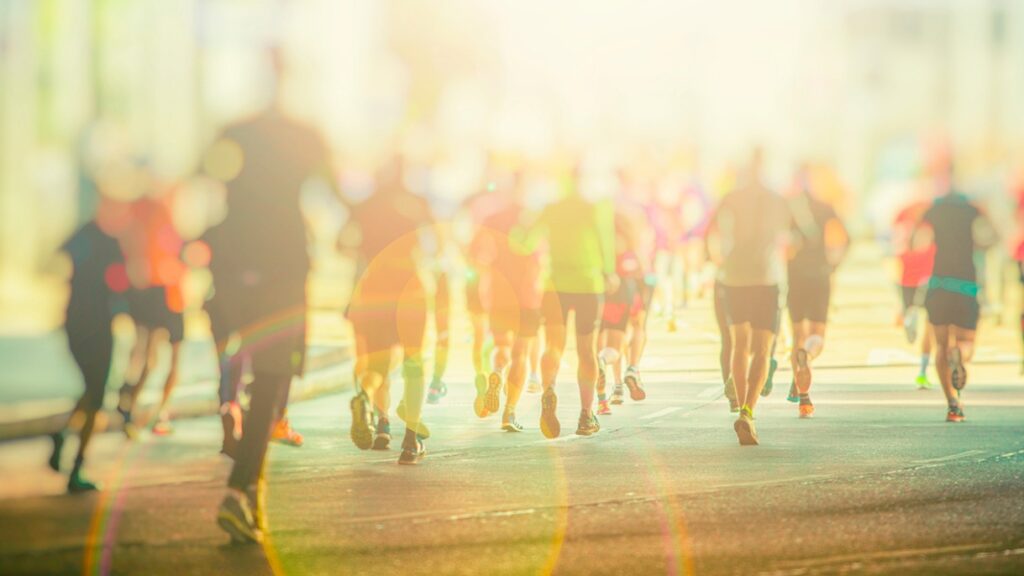Impact of Air Quality on Marathon Performance: Study Findings from Brown University
The connection between air quality and athletic performance has often been overlooked, especially during the rigorous training and preparation for endurance events like marathons. However, a recent study conducted by researchers at Brown University School of Public Health highlights the significant implications that air pollution may have on marathon finish times, encouraging runners and trainers alike to pay closer attention to environmental conditions.
The Study Overview
The research analyzed data from over 2.5 million marathon finishers across nine major marathons in the United States, including well-known events in Boston, Houston, and Los Angeles from 2003 to 2019. The study evaluated the correlation between the concentration of fine particulate matter (PM2.5) on race day and the recorded finish times. This comprehensive study was published in the journal Sports Medicine.
Key Findings: Slower Times Linked to Higher Pollution
The research revealed that an increase of 1 microgram per cubic meter (µg/m3) of PM2.5 on race day corresponded to slower average finish times: an additional 32 seconds for men and 25 seconds for women. While these differences may seem minor, for competitive runners striving for personal bests, every second counts. Elvira Fleury, the study’s lead author, emphasized the importance of considering air pollution when aiming to enhance athletic performance.
The Role of Fine Particulate Matter
Fine particulate matter comprises airborne pollution particles that are smaller than 2.5 microns in diameter. These particles originate from various sources, including vehicle emissions, industrial activities, and natural events like forest fires. The ubiquitous nature of PM2.5 makes it a critical factor in public health discussions, particularly for athletes who may unknowingly be exposing themselves to hazardous levels of pollution.
Potential Health Risks of Air Pollution
Beyond its impact on marathon performance, air pollution poses serious health risks. Previous research has linked elevated pollution levels to increased mortality rates, heart disease, and a variety of lung-related ailments. This new study builds on that body of work by demonstrating that even highly trained athletes are not immune to the adverse effects of pollution on their physical performance and overall health. Joseph Braun, a co-author of the study, pointed out that the detrimental impact of air quality persists even at levels considered acceptable by current health standards.
Recommendations for Athletes
Given these findings, athletes are encouraged to factor air quality into their training regimens and race day strategies. Checking air quality indexes, particularly on days where local pollution is forecasted to be high, can provide invaluable insight and potentially guide decision-making regarding participation in outdoor events. Such practices can optimize performance and safeguard health, especially for those training at high intensity.
A Call for Action: Reducing Air Pollution
Researchers argue that addressing air pollution at its source is crucial not only for the well-being of athletes but for the general population as well. Continued advocacy for the regulation of emissions from transportation, industrial activities, and energy production is essential. By prioritizing cleaner air, we can contribute to better public health outcomes and improve athletic performance across the board.
Conclusion
This study from Brown University underscores the urgent need to recognize the significant impact of air quality on athletic performance. As we strive for better health outcomes through improved environmental conditions, it becomes increasingly clear that air quality is a crucial concern for runners and athletes of all levels. Therefore, as we approach marathon season, let us also be mindful of the air we breathe, cultivating a healthier atmosphere for all.
